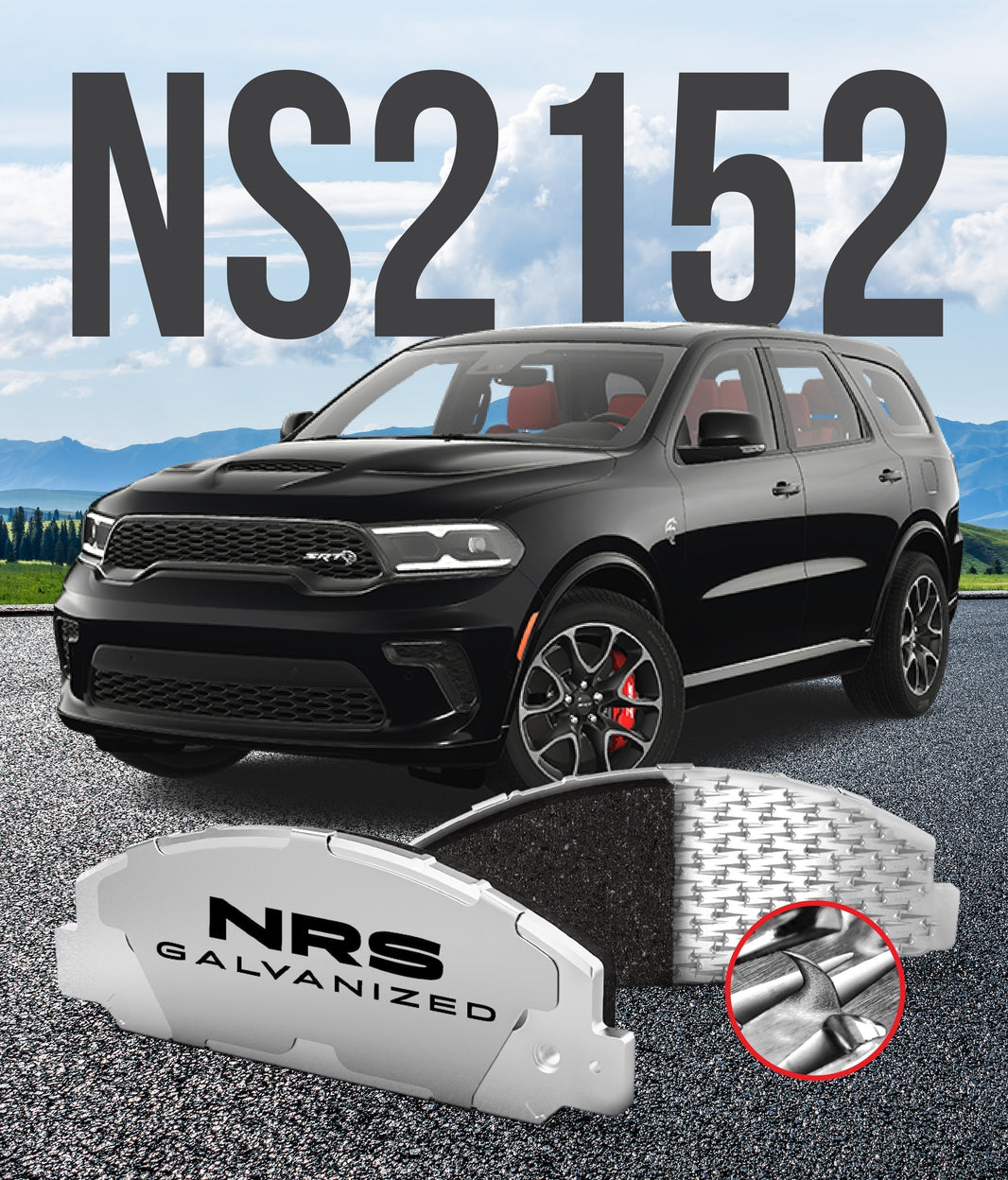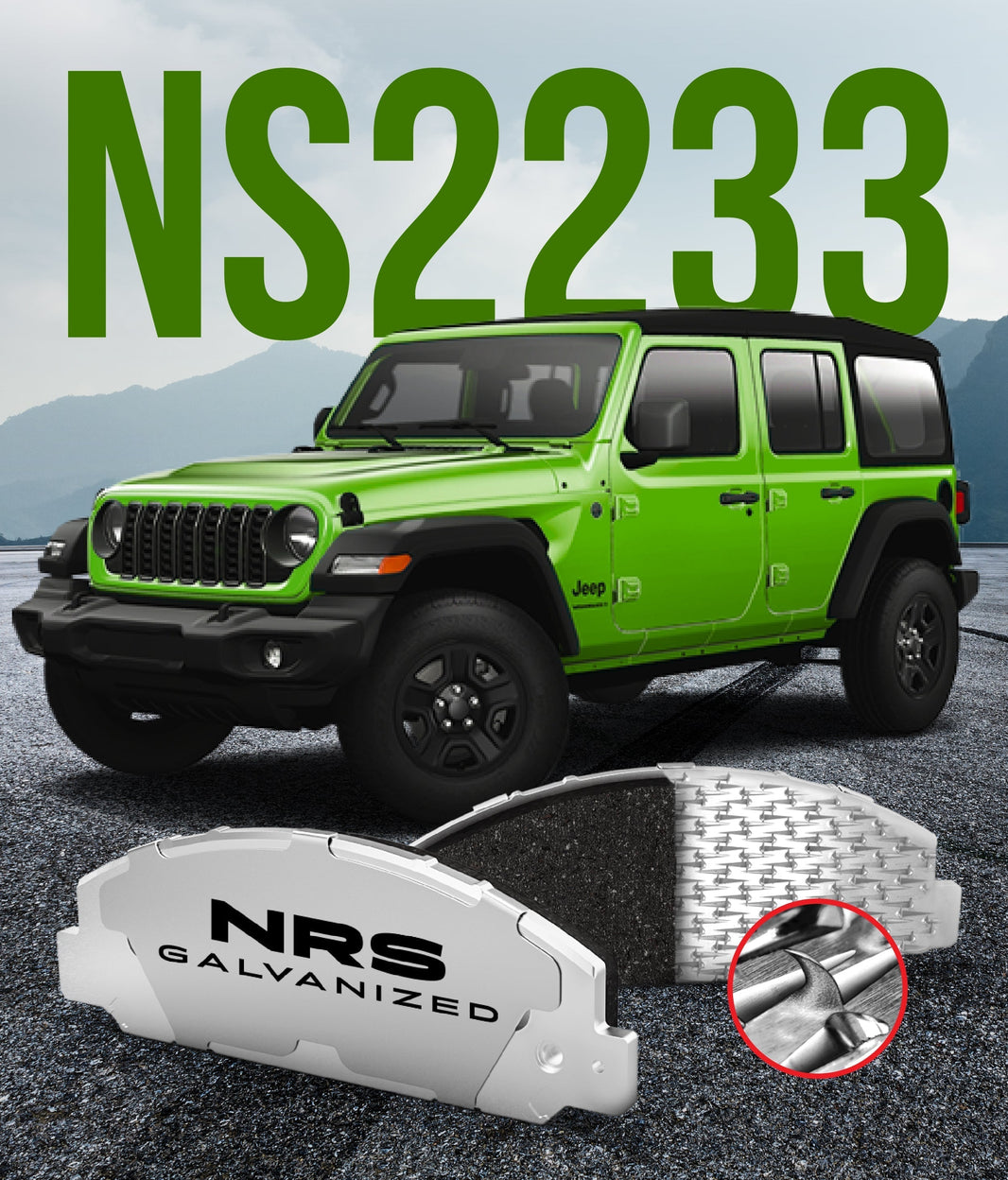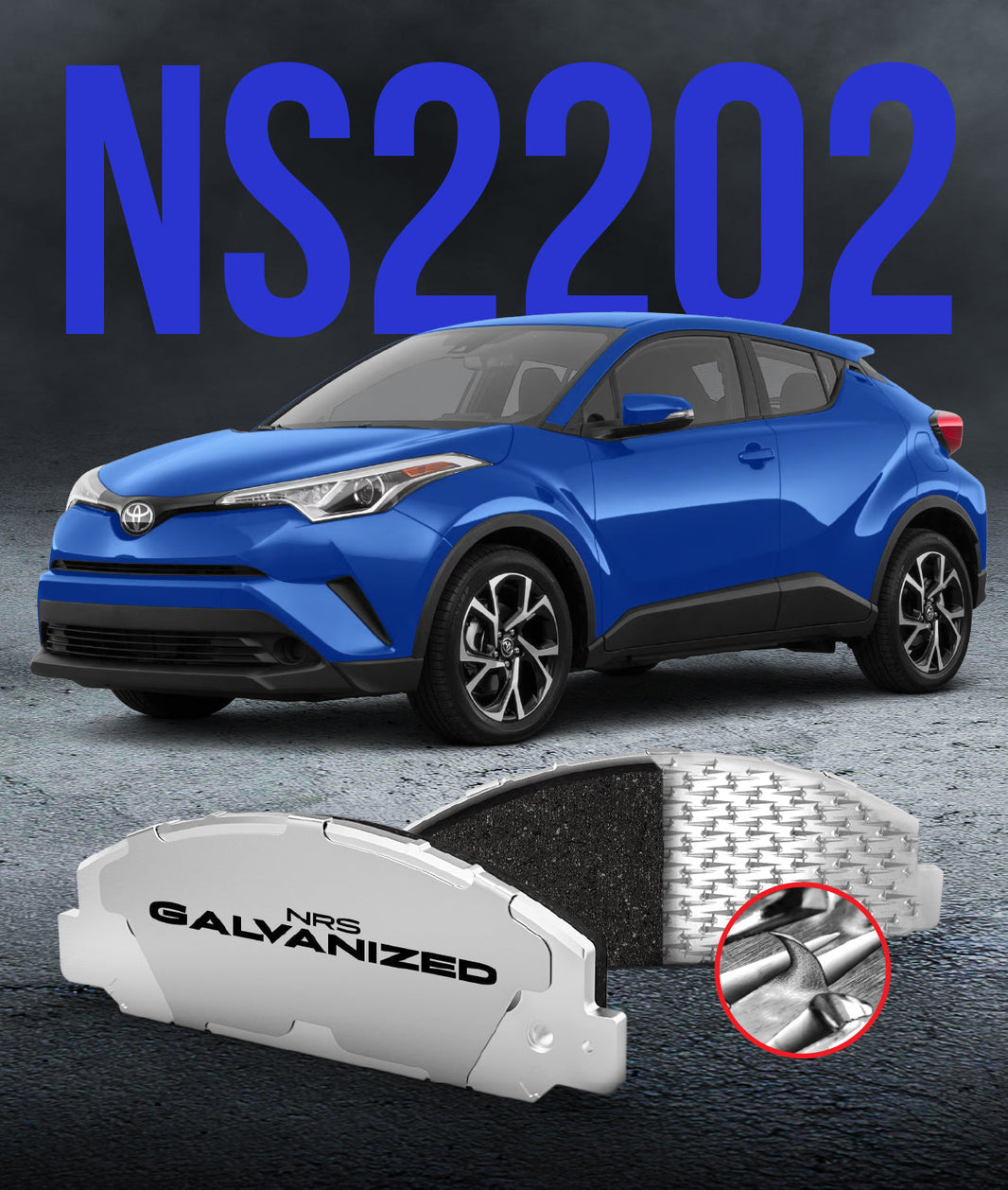
You step on the brake pedal, but something feels wrong. The car might pull to one side, or you might smell a sharp, burning odor after a stop. Perhaps you feel a new, sluggish drag as you try to accelerate from a light. These are all classic signs that a critical part of your braking system is in trouble.
This component is the brake caliper, the unsung workhorse at each wheel. It is the only part of the system that moves to apply the brakes. It can fail by sticking, seizing, or leaking, and all three problems are serious. This guide will help you understand what is happening and what to do about it.
What is a Brake Caliper and What Does It Do?
A brake caliper is the hydraulic clamp that forces your brake pads against the spinning brake rotor. Think of it as a C-clamp for your wheel that is powered by fluid. This action creates the friction needed to slow and stop your vehicle.
When you press the brake pedal, fluid is forced into the caliper, pushing out a piston. This piston squeezes the brake pads against the rotor. It is one of the main parts of a braking system and must work perfectly every time.
The Most Common Failure: The Seized Caliper
A "seized" caliper means a part of the assembly is stuck and can no longer move freely. This is most often caused by rust and corrosion, which binds the moving metal parts. This failure prevents the brake from either applying or, more often, releasing correctly.
When a brake fails to release, it is called brake drag. This continuous friction creates a massive amount of heat. This heat can destroy the brake pad, damage the rotor, and even cause your brake fluid to boil.
Seized Caliper Guide Pins
Most modern cars use a "floating caliper" design. This means the caliper itself is designed to slide slightly on two metal guide pins. This movement allows it to apply even pressure to both the inner and outer brake pads.
These pins must be clean and lubricated to work. They are a common failure point as their rubber boots can tear, allowing water and road salt inside. The pins then rust in place, which is why using galvanized brake pads and quality hardware is important.
A Stuck Caliper Piston
The caliper piston is the internal part that is pushed out by brake fluid. It is protected from dirt and water by a flexible rubber dust boot. If this boot tears, moisture gets in and corrodes the piston itself.
A rusty piston will get stuck in its "out" position, keeping the inner brake pad jammed against the rotor. This is a very common cause of brake drag. It is also one of the top 5 causes of brake pads wearing unevenly.
The Dangers of a Seized Caliper
A seized caliper is not a minor inconvenience; it is a major safety hazard. The constant drag overheats the brake, which can lead to a condition called brake fade. This is a sudden and complete loss of stopping power at that wheel, often when you need it most.
The intense heat can also warp your brake rotor, causing a steering wheel shake. Even worse, the imbalance of braking forces can cause your car to pull sharply into oncoming traffic. This is why a regular car brake inspection is so vital.
Symptoms of a Failing Caliper
Your car is very good at telling you when a caliper has a problem. These symptoms are distinct and should be addressed immediately. Here are the most common signs of a stuck or seized caliper:
-
Vehicle pulls to one side: This happens either when you are driving (stuck) or when you apply the brakes (one side not working).
-
A strong burning smell: This is the smell of your brake pad material overheating from constant friction.
-
One wheel is much hotter than the others: After a drive, you can feel excessive heat radiating from the stuck brake.
-
Poor fuel economy: Your car feels sluggish, as if you are driving with the parking brake on.
-
Visibly uneven pad wear: One pad on the caliper will be worn down to the metal while the other looks new.
The Other Caliper Problem: Leaks
Calipers are hydraulic parts that must hold immense fluid pressure, often exceeding 1,000 PSI. A caliper can leak from two main places. The most common is the square-cut seal around the piston, which can fail with age or from corrosion.
A leak can also come from the bleeder screw if it is loose or its threads are damaged. A leaking caliper is an emergency, as it allows air into the hydraulic system. It will cause a spongy brake pedal feel and can lead to a total loss of braking.
Repairing and Replacing a Brake Caliper
If you have a confirmed caliper issue, you generally have two paths to a fix. You can either rebuild the existing caliper or replace it entirely. The best option depends on the type of failure and the part's condition.
-
Rebuilding the Caliper: This involves taking the caliper completely apart and cleaning all the components. The piston and guide pins are polished, and all the rubber seals and boots are replaced. This is a precise job that is often best left to a professional.
-
Replacing the Caliper: This is the most common and fastest repair. You buy a new or remanufactured caliper and simply swap it out. This ensures all components, including the piston and seals, are in perfect condition.
Prevention is the Best Medicine
You can extend the life of your calipers with a few simple, proactive steps. The most important is to have your brake fluid flushed every two years. Old brake fluid absorbs water, which corrodes calipers from the inside out.
When you get a brake job, make sure the guide pins are cleaned and lubricated. This is a critical step that is often missed. Using high-quality brake pads and hardware will also ensure a long and reliable service life.
Conclusion
Your brake calipers are robust components, but they are not immune to failure. Rust and contamination are their greatest enemies, leading to seized pins, stuck pistons, and dangerous leaks. These parts do the heavy lifting for your brakes, and they need to be in perfect working order.
If your car pulls to one side, if you smell burning brakes, or if your pedal feels spongy, get it checked immediately. A complete brake job checklist should always include a caliper inspection. Have you ever experienced the strange, sluggish feeling of a dragging brake?




